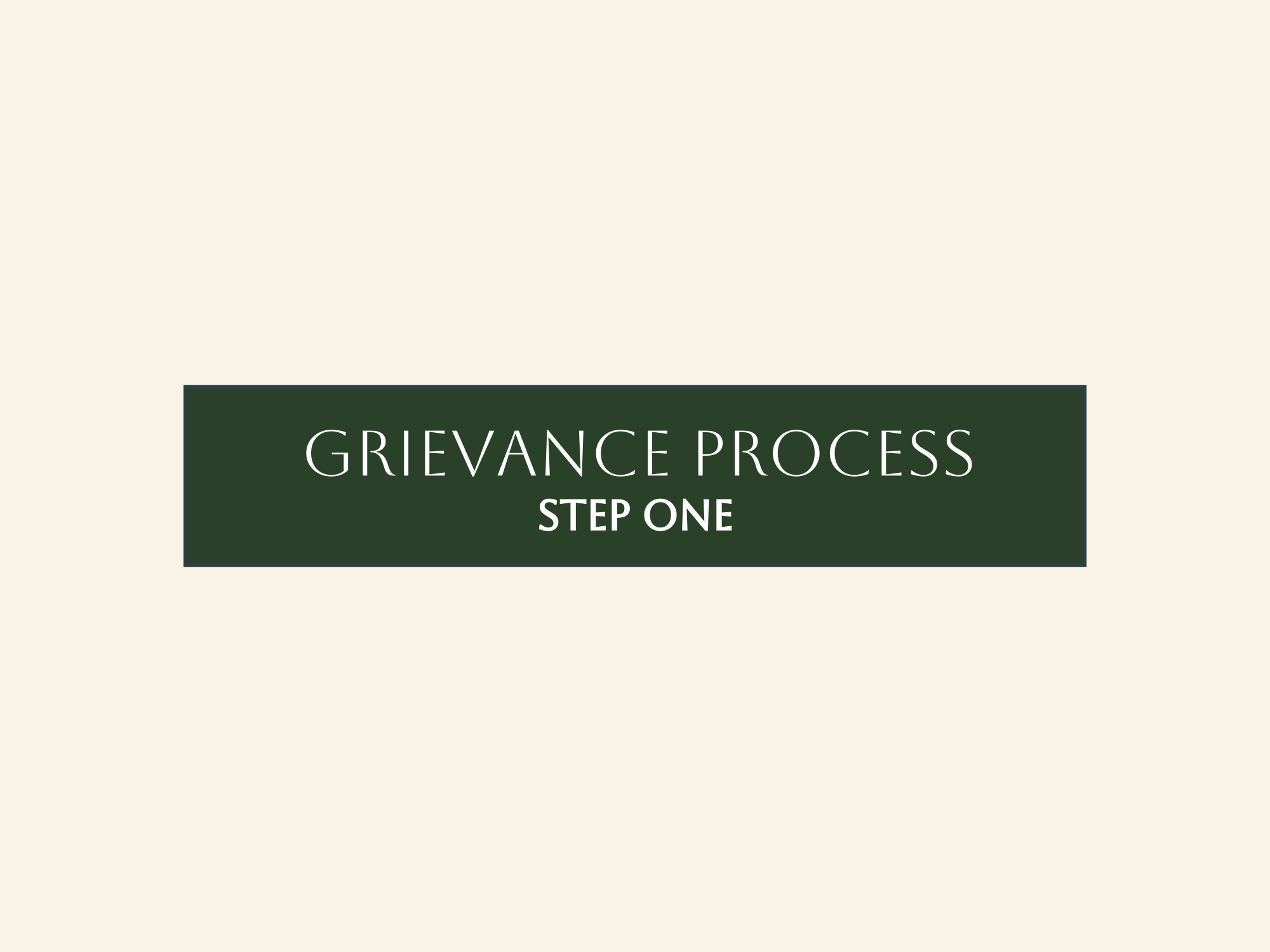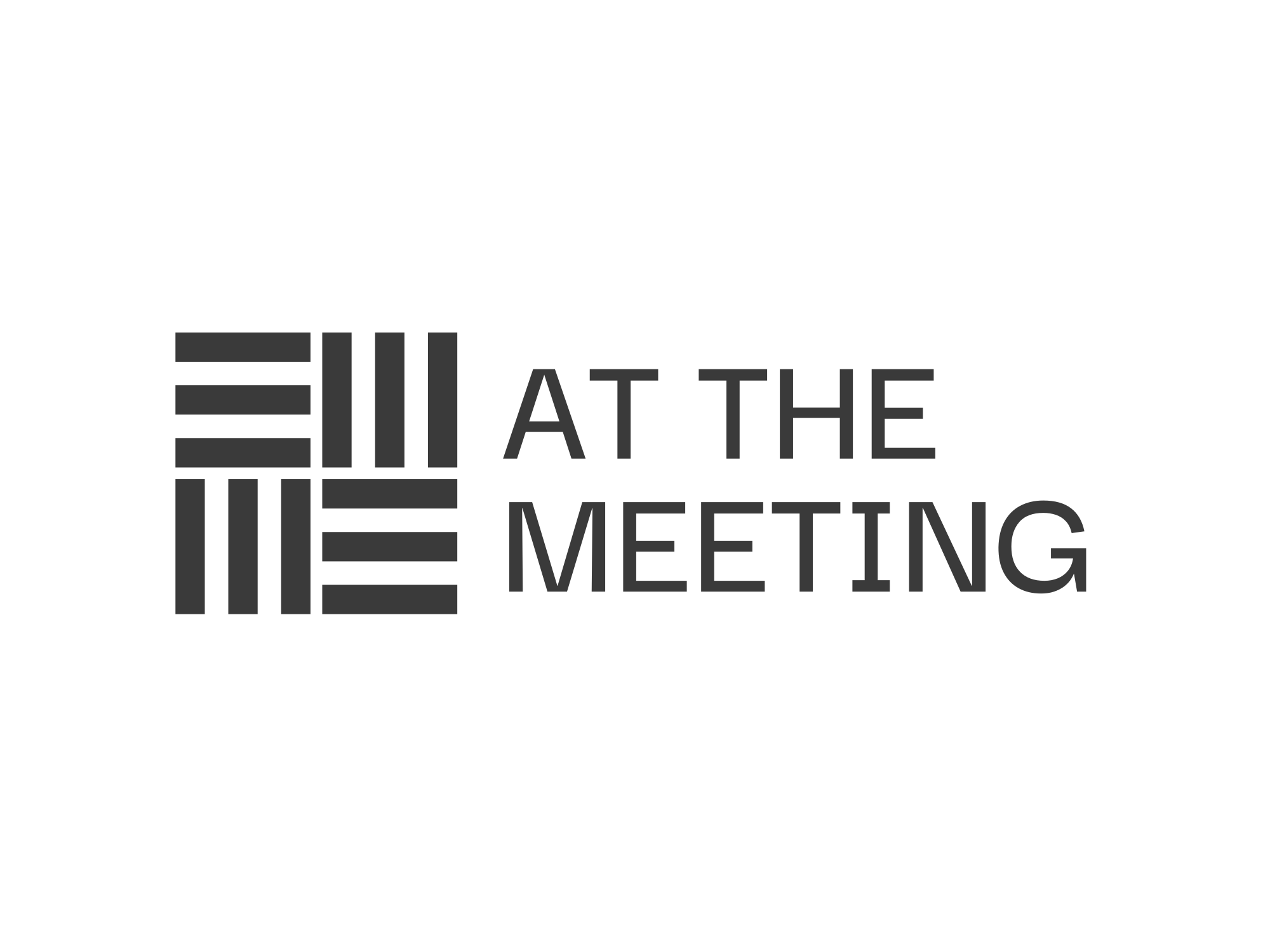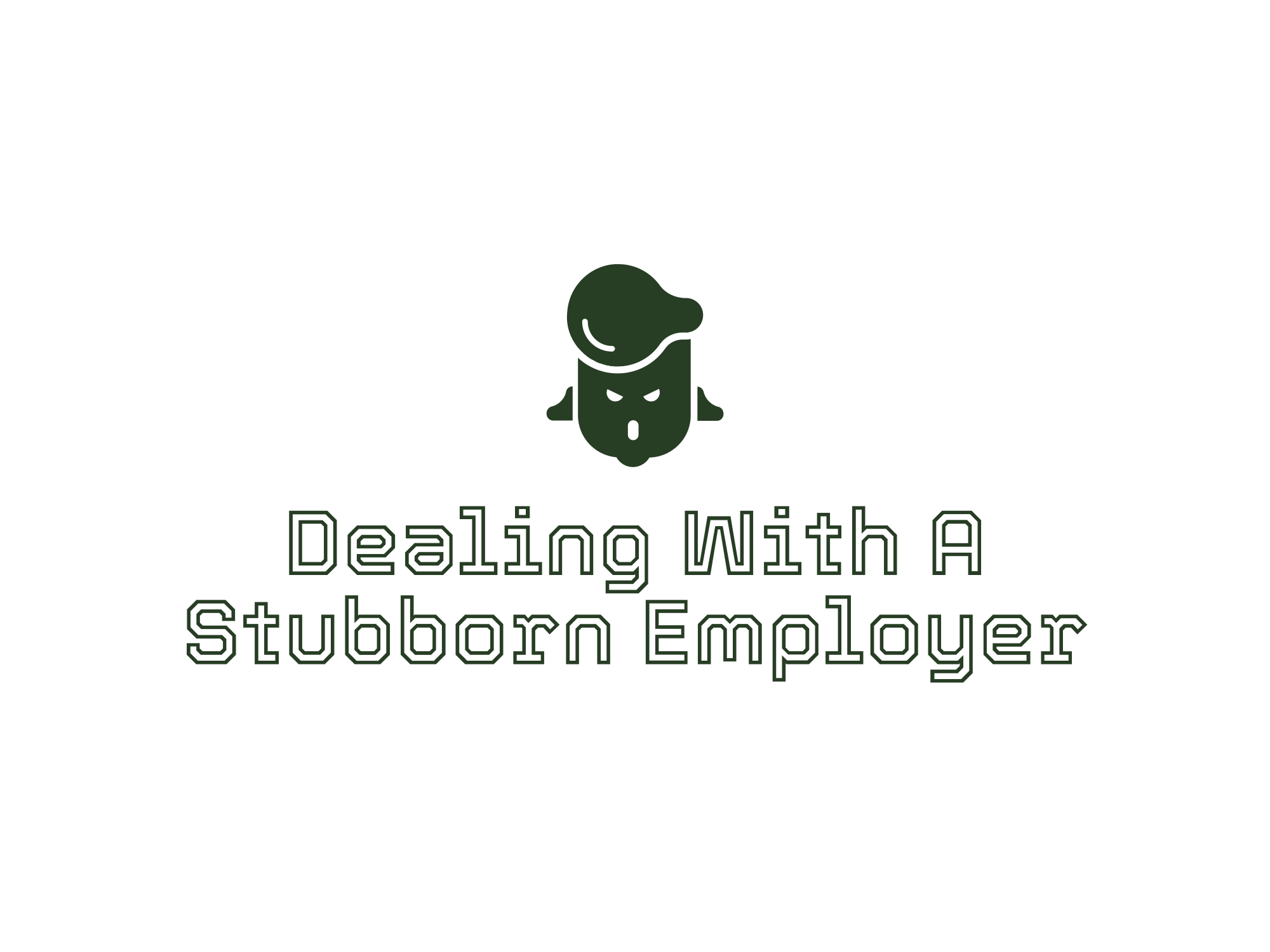Key Things To Keep In Mind
As You Get Ready For
Step One
When filing a step 1 grievance, the union side must ensure several key components are in place to effectively represent the employee’s interests. Firstly, it is crucial that all relevant documentation and evidence supporting the grievance are obtained and organized in a clear and concise manner. This may include witness statements, performance evaluations, and any relevant company policies or collective bargaining agreements. Additionally, the union must verify that the grievance falls within the specified time frame for filing according to the agreed-upon procedures outlined in the labor contract. It is also essential for the union representatives to have a thorough understanding of all relevant labor laws and contractual obligations to effectively argue their case during any discussions or arbitration proceedings. Ultimately, ensuring strong communication with both the employee and management throughout the process is vital in reaching a fair resolution for all parties involved.


STEP ONE OF
THE GRIEVANCE PROCESS

At a step 1 grievance meeting, the union side does best practices to ensure that the rights and concerns of its members are properly addressed. One of the key best practices is to approach the meeting with a thorough understanding of the collective bargaining agreement and the relevant labor laws. This requires extensive research and preparation on the part of the union representatives to effectively argue the case on behalf of the employees. Additionally, the union side should also have a clear strategy in place for presenting the grievance in a professional and persuasive manner to maximize the chances of a favorable resolution.
Furthermore, the union side at a step 1 grievance meeting should also be adept at effective communication and negotiation techniques. This includes actively listening to the concerns of the employer, responding appropriately, and finding common ground to reach a mutually agreeable solution. By maintaining open communication and a respectful dialogue, the union side can foster a productive and collaborative atmosphere that is conducive to resolving the grievance in a timely manner. Additionally, the union representatives should also be skilled at advocating for the interests of their members while remaining professional and diplomatic in their interactions with the employer.
In conclusion, the union side at a step 1 grievance meeting does best practices by thoroughly preparing for the meeting, understanding the relevant laws and agreements, and employing effective communication and negotiation skills. By following these best practices, the union side can effectively represent the interests of its members and work towards securing a fair resolution to the grievance. Ultimately, best practices are essential for ensuring that the rights of employees are protected and that grievances are addressed in a just and equitable manner.

The first step in addressing a grievance when an employer is not being reasonable is for the union to thoroughly investigate the issue at hand. This entails gathering all relevant information and evidence, such as correspondence, meeting notes, and any applicable policies or procedures. It is crucial for the union to understand the context of the situation and assess whether the employer’s actions are in violation of the collective bargaining agreement or any labor laws. By conducting a thorough investigation, the union can build a strong case to support the grievance and advocate for the rights of the employees involved.
If the employer continues to be uncooperative or unwilling to address the grievance in a satisfactory manner, the union may need to escalate the issue to higher levels of management or seek external assistance, such as mediation or arbitration. It is important for the union to communicate effectively with the employer throughout this process and express the concerns and demands of its members in a professional and respectful manner. The union should also consult with legal experts if necessary to ensure that all options are explored and that the rights of the employees are protected.
In conclusion, when an employer is not acting in a reasonable manner, it is crucial for the union to advocate for its members and ensure that their rights are upheld. By following a systematic approach to addressing grievances, conducting thorough investigations, and exploring all available options, the union can effectively challenge unfair treatment and seek resolution to the issues at hand. It is important for the union to remain steadfast and united in its efforts to hold the employer accountable and promote a fair and just work environment for all employees.
